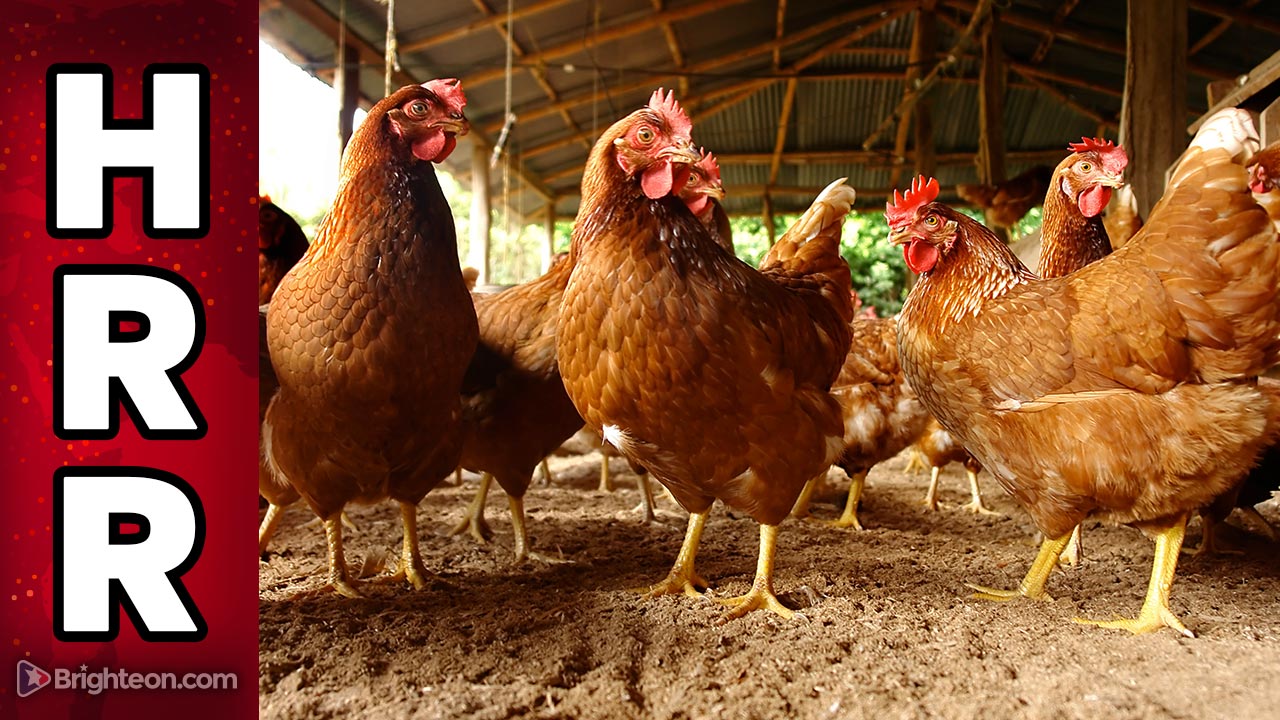 Parler
Parler Gab
Gab
The Fed is "almost out of ammunition," meaning a full-fledged collapse is almost here
No matter how many nominal interest-rate hikes are imposed by the Federal Reserve, food prices appear to be pointed straight towards the moon. And you can expect all sorts of new excuses to emerge to explain away the financial corruption that is really the cause behind all this carnage. We are told that domestic supplies of staple crops like corn, soybeans, and wheat are expected to "remain snug" into 2023. The U.S. Department of Agriculture (USDA) is forecasting that corn supplies will drop to a decade low before the 2023 harvest, while soybean stocks have hit a seven-year low. As for wheat stocks, those are forecast to hit the lowest levels in 15 years, which Michael from The Economic Collapse Blog finds to be especially concerning. Australia, the world's second-largest wheat exporter, experienced flooding in recent weeks that reportedly caused extensive damage to that nation's crops. Drought conditions in Argentina, another wheat-growing powerhouse, are expected to reduce that country's yields by nearly 40 percent. All of this coupled with a lack of rainfall in the Great Plains here in America, where winter crop ratings are now at their lowest levels since 2012, could make wheat a whole lot less plentiful for at least the first half of 2023. The Third World is, of course, expected to bear the brunt of this as poorer countries heavily rely on food imports. Inflation and lack of supply are already driving food import costs up to a near-record high of $2 trillion in 2022, leaving the poorest countries with not enough due to food being unaffordable. Already in Somalia, more than 200,000 people have died from hunger. Next year, another 700,000 are expected to die as conditions worsen. "But most Americans don't even know that this is happening because they don't see images of people suffering and dying on the nightly news," Michael writes. "If the mainstream media is not making a big deal out of this crisis, it must not be important." "As the Fed raises interest rates, it is also raising our borrowing costs. So the Fed can only go so far, because if they push rates too high it will literally collapse the finances of the federal government." "What this means is that the Fed is almost out of ammunition in their war against inflation. And our politicians in Washington are ensuring that more inflation is on the way by borrowing and spending money at a pace that we have never seen before." The latest news about the food inflation crisis can be found at Collapse.news. Sources for this article include: TheEconomicCollapseBlog.com NaturalNews.comEconomists: Over $31 trillion national debt could lead to slow-moving economic demise
By Belle Carter // Share
Housing collapse: Home sales drop for a record 10th straight month
By Belle Carter // Share
Governments continue to obscure COVID-19 vaccine data amid rising concerns over excess deaths
By patricklewis // Share
Tech giant Microsoft backs EXTINCTION with its support of carbon capture programs
By ramontomeydw // Share
Germany to resume arms exports to Israel despite repeated ceasefire violations
By isabelle // Share










